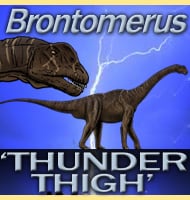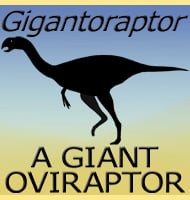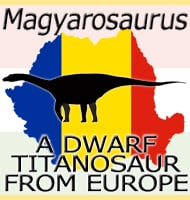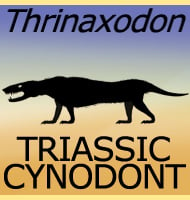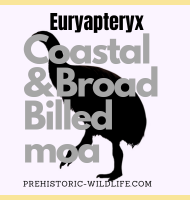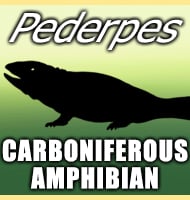In Depth
Gunakadeit is a genus of thalattosaur that lived in waters around what is now North America during the late Triassic. Gunakadeit is a thalattosaur genus of contrasts. In one respect Gunakadeit appear to have been quite primitive in form when compared to other thalattosaurs. In another, Gunakadeit lived towards the end of the Triassic, after many of the more advanced form thallatosaurs had gone extinct. Gunakadeit seems to have been an exclusively aquatic reptile with jaws that end in a sharp toothless point. Gunakadeit would be expected to have been a predator of fish and soft bodied marine creatures such as cephalopods.
Further Reading
- An articulated Late Triassic (Norian) thalattosauroid from Alaska and ecomorphology and extinction of Thalattosauria. - Scientific Reports. 10 (1): 1–14. - Patrick S. Druckenmiller, Neil P. Kelley, Eric T. Metz & James Baichtal - 2020.

